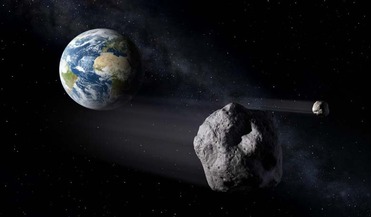 25 April 2016
Near-Earth asteroid population smaller than thought
25 April 2016
Near-Earth asteroid population smaller than thought
... with H = 28, its diameter is between 7 - 15 metres1. It is perhaps no surprise then that determining the near-Earth asteroids (NEAs) population is a focus of intense research and now scientists based at the Planetary Science Institute (PSI), Tucson...
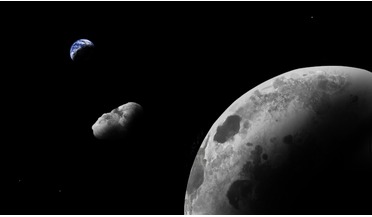 12 November 2021
Near-Earth asteroid might be a piece of the Moon
12 November 2021
Near-Earth asteroid might be a piece of the Moon
... sciences professor who led the orbit analysis portion of the study. "It is very unlikely that a garden-variety near-Earth asteroid would spontaneously move into a quasi-satellite orbit like Kamo`oalewa's," Malhotra said. "It will not remain...
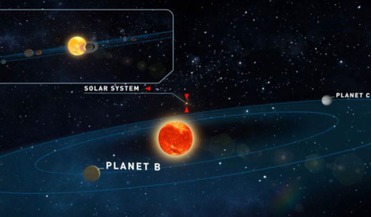 19 June 2019
Two new Earth-like planets found around nearby star
19 June 2019
Two new Earth-like planets found around nearby star
...came to the attention of astronomers in 2003, after its discoverer Bonnard J. Teegarden, found it in data collected via the Near-Earth Asteroid Tracking (NEAT) program. It has long been thought that many undiscovered dwarf stars exist within 20 light...
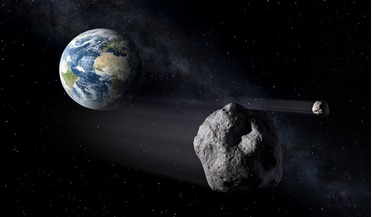 29 June 2018
All things asteroid: Who, What, Where and When
29 June 2018
All things asteroid: Who, What, Where and When
... event itself,” said Paul Chodas, manager of the Center for Near-Earth Object Studies (CNEOS) at NASA's Jet Propulsion Laboratory (JPL) in Pasadena, California about the boulder-sized asteroid designated 2018 LA. But perhaps the most notable...
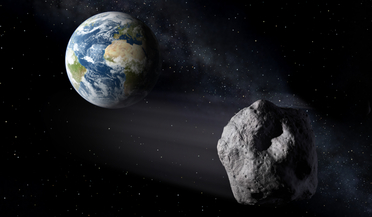 29 April 2019
Preparing for an asteroid impact - test underway now!
29 April 2019
Preparing for an asteroid impact - test underway now!
..., ESA and NASA’s impact monitoring systems identify several future dates when the asteroid could hit Earth. Both systems agree that the asteroid is most likely to strike on 29 April 2027 – more than eight years away – with...
 22 December 2021
Scientists present the first-ever analysis of samples retrieved from Ryugu
22 December 2021
Scientists present the first-ever analysis of samples retrieved from Ryugu
... analysis of samples retrieved from Ryugu, the large diamond shaped asteroid visited by Japan’s Hayabusa2 mission two years ago. Their results show that the near-Earth object is a pristine, very dark and very porous rock with...